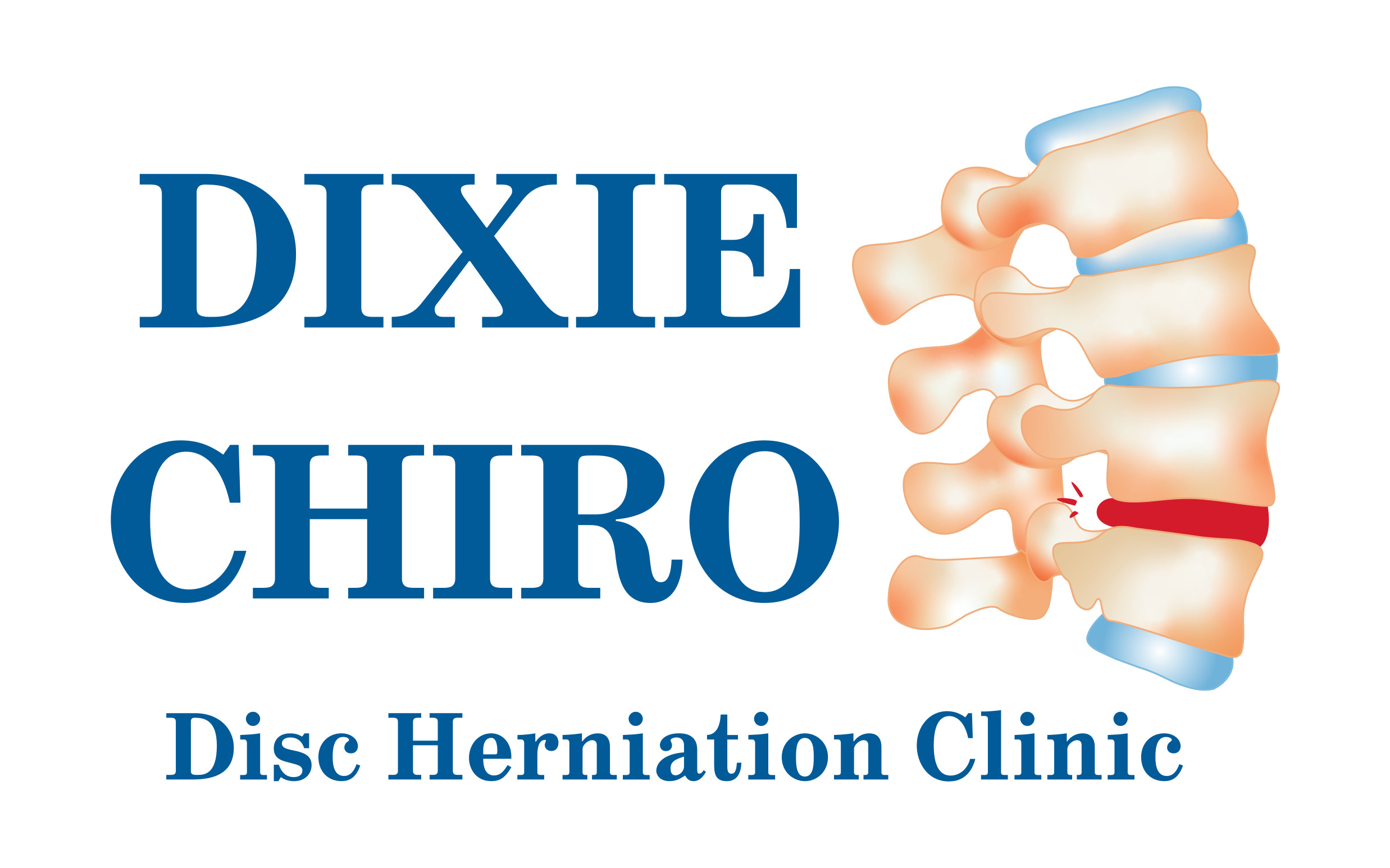Ninety percent (90%) of Americans suffer from headaches. These headache range from occasional to frequent. Some report a “dull or throbbing” pain, while others report nausea, and some are severe enough to be completely debilitating.
How do you handle a pounding headache? Do you just “deal with it?” Do you lie down? Pop a pill and hope the pain goes away?
There is a better way…
Research shows that spinal manipulation – the primary form of care provided by doctors of chiropractic – may be an effective treatment option for migraine, tension-type, and cervicogenic headaches and headaches that originate in the neck.
In 2001 researchers at the Duke University Evidence-Based Practice Center (EPC) found that spinal manipulation resulted in almost immediate improvement for those headaches, and had significantly fewer side effects and longer-lasting relief of headaches than a commonly prescribed drugs.
Also, a 1995 study in the Journal of Manipulative and Physiological Therapeutics found that spinal manipulative therapy is an effective treatment for tension headaches and that people who had chiropractic treatment and then stopped, experienced sustained therapeutic benefit, even 4 weeks later, opposed to those were taking drugs.
Headache Triggers
95% of headaches are primary headaches, such as tension, migraine, or cluster headaches. These types of headaches are not caused by disease. The headache itself is the primary concern. About 5% of headaches are warning signals caused by physical problems.
“The greatest majority of primary headaches are associated with muscle tension in the neck,” says Dr. George B. McClelland, a doctor of chiropractic from Christiansburg, VA. “Today, Americans engage in more sedentary activities than they used to, and more hours are spent in one fixed position or posture. This can increase joint irritation and muscle tension in the neck, upper back and scalp, causing your head to ache.”
What Can You Do?
The ACA suggests the following:
If you spend a large amount of time in one fixed position, such as in front of a computer, on a sewing machine, typing or reading, take a break and stretch every 30 minutes to one hour. The stretches should take your head and neck through a comfortable range of motion.
Low-impact exercise may help relieve the pain associated with primary headaches. However, if you are prone to dull, throbbing headaches, avoid heavy exercise. Engage in such activities as walking and low-impact aerobics.
Avoid teeth clenching. The upper teeth should never touch the lowers, except when swallowing. This results in stress at the temporomandibular joints (TMJ) – the two joints that connect your jaw to your skull – leading to TMJ irritation and a form of tension headaches.
Drink at least eight 8-ounce glasses of water a day to help avoid dehydration, which can lead to headaches.
What Can a Doctor of Chiropractic Do?
Dr. McClelland says your doctor of chiropractic may do one or more of the following if you suffer from a primary headache:
- Perform spinal manipulation or chiropractic adjustments to improve spinal function and alleviate the stress on your system.
- Provide nutritional advice, recommending a change in diet and perhaps the addition of B complex vitamins.
- Offer advice on posture, ergonomics (work postures), exercises and relaxation techniques. This advice should help to relieve the recurring joint irritation and tension in the muscles of the neck and upper back.
“Doctors of chiropractic undergo extensive training to help their patients in many ways – not just back pain,” says Dr. McClelland. “They know how tension in the spine relates to problems in other parts of the body, and they can take steps to relieve those problems.”
If you have been suffering from chronic, frequent headaches, call your chiropractor today, and discover the relief that comes through chiropractic!


Recent Comments